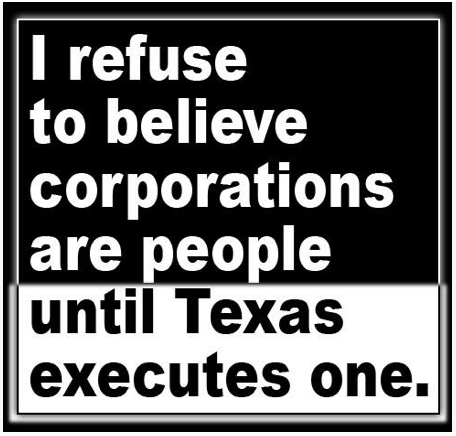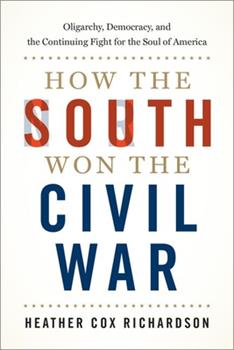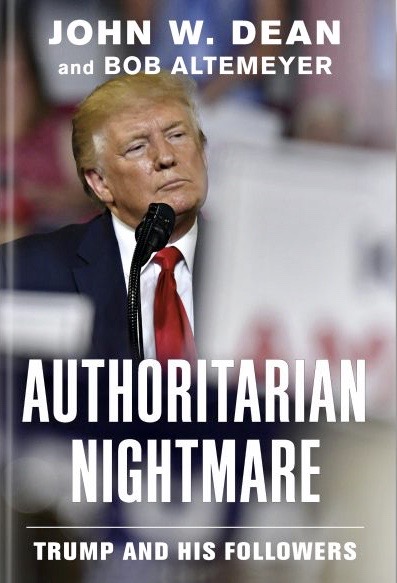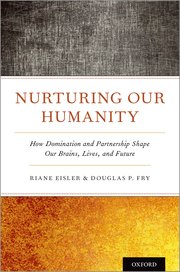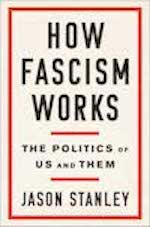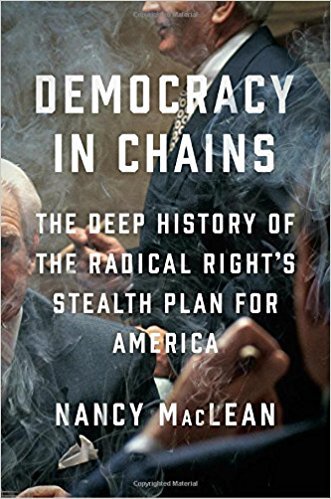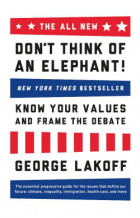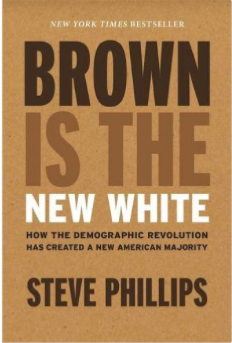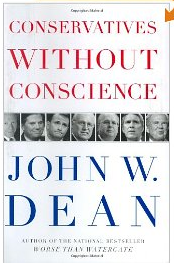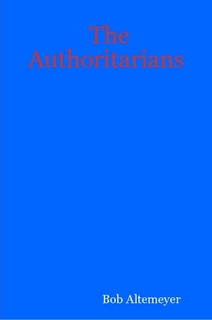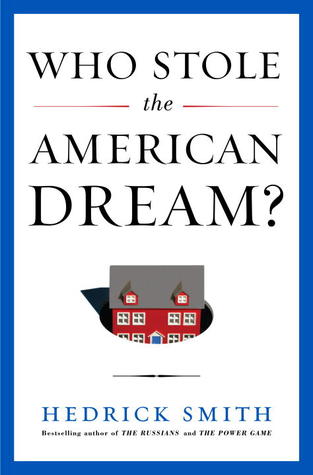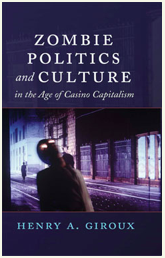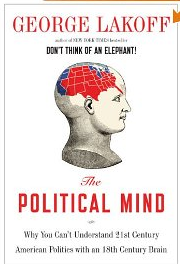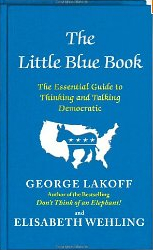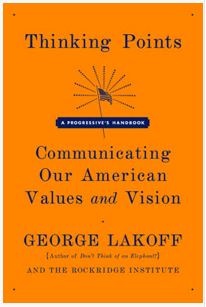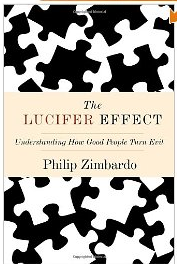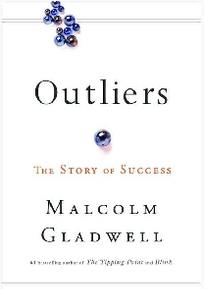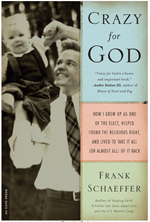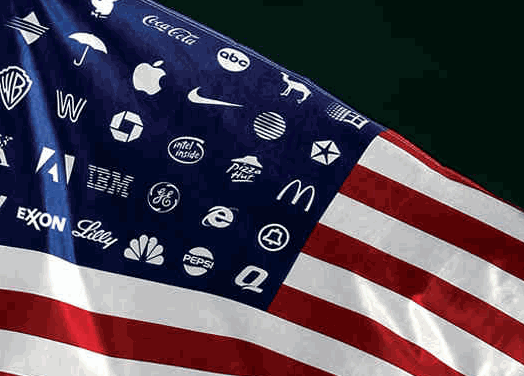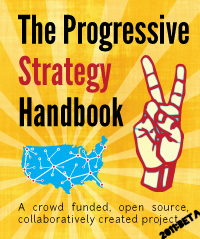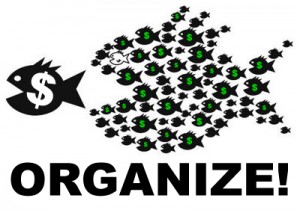In three previous articles, I have discussed the growing American police state. This police state is supported by an authoritarian worldview and is promoted by the “bad barrel” structure of today’s police departments.
In a recent article by former Police Chief Norm Stamper of Seattle, Mr. Stamper made the following statements concerning our “increasingly militarized” peace keepers.
… The “Battle in Seattle,†as the WTO protests and their aftermath came to be known, was a huge setback—for the protesters, my cops, the community.
More than a decade later, the police response to the Occupy movement, most disturbingly visible in Oakland—where scenes resembled a war zone and where a marine remains in serious condition from a police projectile—brings into sharp relief the acute and chronic problems of American law enforcement. Seattle might have served as a cautionary tale, but instead, US police forces have become increasingly militarized, and it’s showing in cities everywhere: the NYPD “white shirt†coating innocent people with pepper spray, the arrests of two student journalists at Occupy Atlanta, the declaration of public property as off-limits and the arrests of protesters for “trespassing.â€
The paramilitary bureaucracy and the culture it engenders—a black-and-white world in which police unions serve above all to protect the brotherhood—is worse today than it was in the 1990s. Such agencies inevitably view protesters as the enemy. And young people, poor people and people of color will forever experience the institution as an abusive, militaristic force—not just during demonstrations but every day, in neighborhoods across the country.
Much of the problem is rooted in a rigid command-and-control hierarchy based on the military model. American police forces are beholden to archaic internal systems of authority whose rules emphasize bureaucratic regulations over conduct on the streets. An officer’s hair length, the shine on his shoes and the condition of his car are more important than whether he treats a burglary victim or a sex worker with dignity and respect. In the interest of “discipline,†too many police bosses treat their frontline officers as dependent children, which helps explain why many of them behave more like juvenile delinquents than mature, competent professionals. It also helps to explain why persistent, patterned misconduct, including racism, sexism, homophobia, brutality, perjury and corruption, do not go away, no matter how many blue-ribbon panels are commissioned or how much training is provided.
External political factors are also to blame, such as the continuing madness of the drug war. Last year police arrested 1.6 million nonviolent drug offenders. In New York City alone almost 50,000 people (overwhelmingly black, Latino or poor) were busted for possession of small amounts of marijuana—some of it, we have recently learned, planted by narcotics officers. The counterproductive response to 9/11, in which the federal government began providing military equipment and training even to some of the smallest rural departments, has fueled the militarization of police forces. Everyday policing is characterized by a SWAT mentality, every other 911 call a military mission. What emerges is a picture of a vital public-safety institution perpetually at war with its own people. …
It is ironic that those police officers who are busting up the Occupy protesters are themselves victims of the same social ills the demonstrators are combating: corporate greed; the slackening of essential regulatory systems; and the abject failure of all three branches of government to safeguard civil liberties and to protect, if not provide, basic human needs like health, housing, education and more. With cities and states struggling to balance the budget while continuing to deliver public safety, many cops are finding themselves out of work. And, as many Occupy protesters have pointed out, even as police officers help to safeguard the power and profits of the 1 percent, police officers are part of the 99 percent.
There will always be situations—an armed and barricaded suspect, a man with a knife to his wife’s throat, a school-shooting rampage—that require disciplined, military-like operations. But most of what police are called upon to do, day in and day out, requires patience, diplomacy and interpersonal skills. I’m convinced it is possible to create a smart organizational alternative to the paramilitary bureaucracy that is American policing. But that will not happen unless, even as we cull “bad apples†from our police forces, we recognize that the barrel itself is rotten.
And so, our police state grows.
Police Chief Norm Stamper, suggests the following remedy:
Assuming the necessity of radical structural reform, how do we proceed? By building a progressive police organization, created by rank-and-file officers, “civilian†employees and community representatives. Such an effort would include plans to flatten hierarchies; create a true citizen review board with investigative and subpoena powers; and ensure community participation in all operations, including policy-making, program development, priority-setting and crisis management. In short, cops and citizens would forge an authentic partnership in policing the city. And because partners do not act unilaterally, they would be compelled to keep each other informed, and to build trust and mutual respect—qualities sorely missing from the current equation.
Maybe the Occupy protesters will help implement this solution and reduce the fear citizens have towards peaceful rallying.



